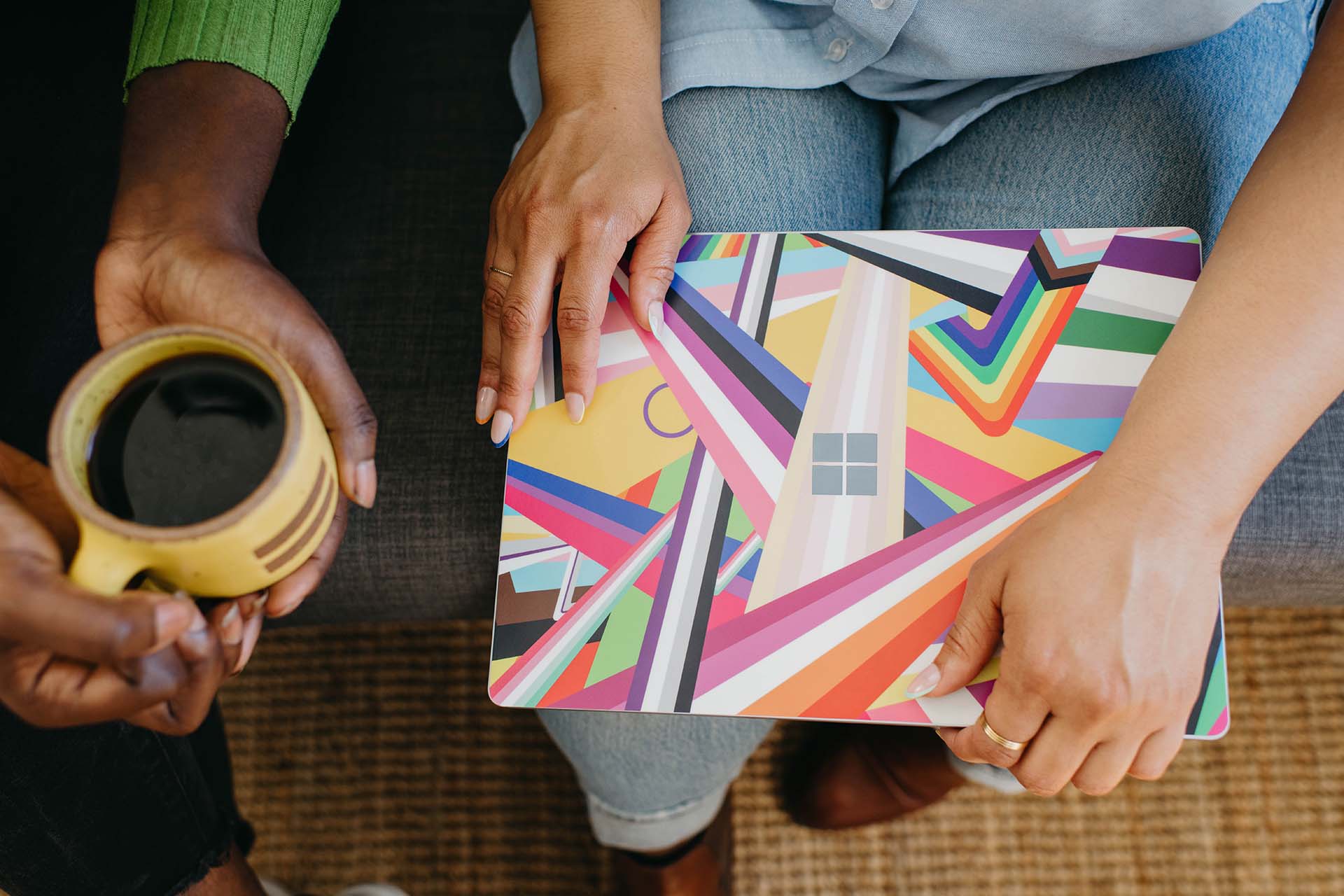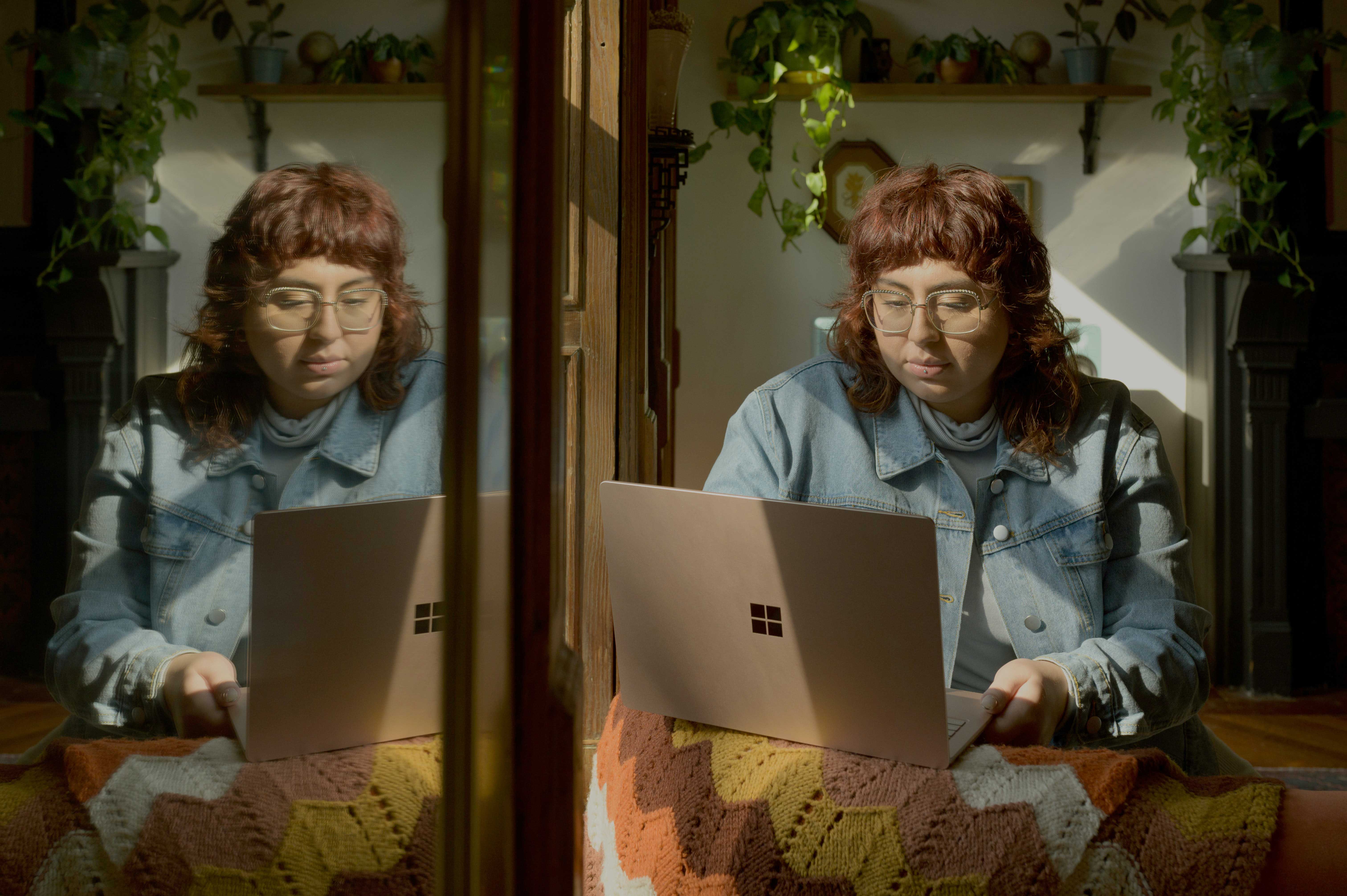Something rather unusual and unexpected happened very recently: Microsoft announced the new version of Windows: Windows 11.
The release certainly had a lot of eyebrows raised as the consensus impression was that Windows 10 is the ultimate operating system. The last 18 months made us face many challenges and it really brought it home that computers are a lot more personal than ever. The usage of multiple devices when working on the same task, or indeed relaxing, has already become the norm and our PCs have become an inseparable part of our daily life. Looking at the new way of life, new traditions and trends – all of that reflected the need to change, address and facilitate the new modern way of living. This is why Windows 11 has come on the scene.
In a nutshell...
What’s new in Windows 11? “What” is the biggest question here and much bigger than ‘why’. Digital inclusivity was taken to the next level on Windows 11: now Android apps are natively supported by this operating system.
The new Windows will allow us to have multiple profiles (like for instance for work and for home), more features will be integrated such as AI-driven widgets; Teams, will now be a part of Windows itself too. Integrated workflows combined with profiles will make the end user be more focused on the task rather than on how to make it work. A gigantic quantum leap has been made in the ergonomics of this new operating system. Energy-conscious, it is taking up less space on the hard drive, updates run in the background and native hardware-based security has doubled the strength of this exciting new operating system. All that and more! Let's find out about it in greater detail…

User-centric and intuitive design
The visual design compared to Windows 10 is like a grandiose face lift. It feels familiar, feels like we know it already and it is very intuitive. My thoughts are that this is a general global tendency of where the design is going, and Microsoft has embraced it to the full. The look feels clean with jewellery-like precision cuts and finely bevelled edges, gentle curves, and usage of light to accentuate the textures.
A personalised feed with widgets is a brilliant edition to separate the space of relaxation and inspiration without the interruption of the familiar workflows. It features an organic blend between touch screen, voice activation, traditional keyboard, and touchscreen keyboard. All of those are now seamlessly integrated in a way that you can plug and unplug the additional devices, mix them, and create preferred combinations. This will lead to the creation of custom workflows. Tiny details of the fine design are reflected in things like the way the light moves across the icons, much smoother transitions, and softer visuals altogether. Again, the emphasis is on an overall organic experience. We had something similar before, however now the visual experience is taken to the whole new level, the level when it is so intuitive and user-centred that even technophobic and sceptical users will find themselves immersed in the positive experience.
Regarding the updates: it is promised that there will be two major update cycles in a year combined with more routine updates which will be up to 40% smaller and will happen on the background leaving the end user not to be disturbed and distracted by the process. This means that minor bugs could be rectified before the end user even encounters them.
Windows 11 will be taking less space on the hard drive and consume less energy when running which is great for the environment and the immediate benefit is that the battery life would be extended. It will make the base of the operating system much leaner than before.
Addressing our personal preferences in workflows
We all multitask in one way or another. Our preferences will be harnessed by the new operating system where multitasking is not just recognised but refined. One of those examples is Snap layout. It is something new to Windows.
Those layouts are tailored to the size of your screen and styles which are more suited for you. There will be no more mess on the desktop with multiple windows and infinite tabs open – half of which are forgotten about because of clutter. All of that will be the thing of the past. “Snap Groups” however are something that can contribute to productivity. Here you can switch between apps and entire projects. It pulls multiple windows together creating areas which are visually appealing and act almost like islands where all the work is laid out the way you prefer. This leads to the next level of custom workspace clustering which is Multiple desktops. Those are very much akin to different rooms in the house (or an office): where you are, where you work and where you rest. This approach allows for better separation between such areas like home setup, work or school and of course gaming. Having those options will help create mental separation between your living and your work environments and it would be almost like going to another room! It is all under the roof of one device. After the introduction of this feature (happily married to the Zero Trust Security configuration of course) there will be no need to have two devices: one for home activity and one for work.
When taking a short break to recharge...
Having AI-powered widgets sitting comfortably to the side is very useful too. When reading the news feed there is a separate button to give feedback to the content creator.

Is being in touch with the creator a new thing? Of course not, but it is now at your fingertips, ultimately alleviating you from going through clunky process of contacting or looking them up on social media, all to ask a question or give a tip. Little things like this usually allow for greater things to happen. There are less steps to achieve what is desired. There is simply less clutter.
I think this is the essence, the feel of the great new operating system.
Separate workflows - separate hardware...
With the separation of spaces naturally comes the need to separate the way we control the hardware. Recognizing the touchscreen technology Windows 11 is erasing the gap between the multiple device usage turning it into a seamless experience. Immediate adaptability to the keyboard-less set up was also added.
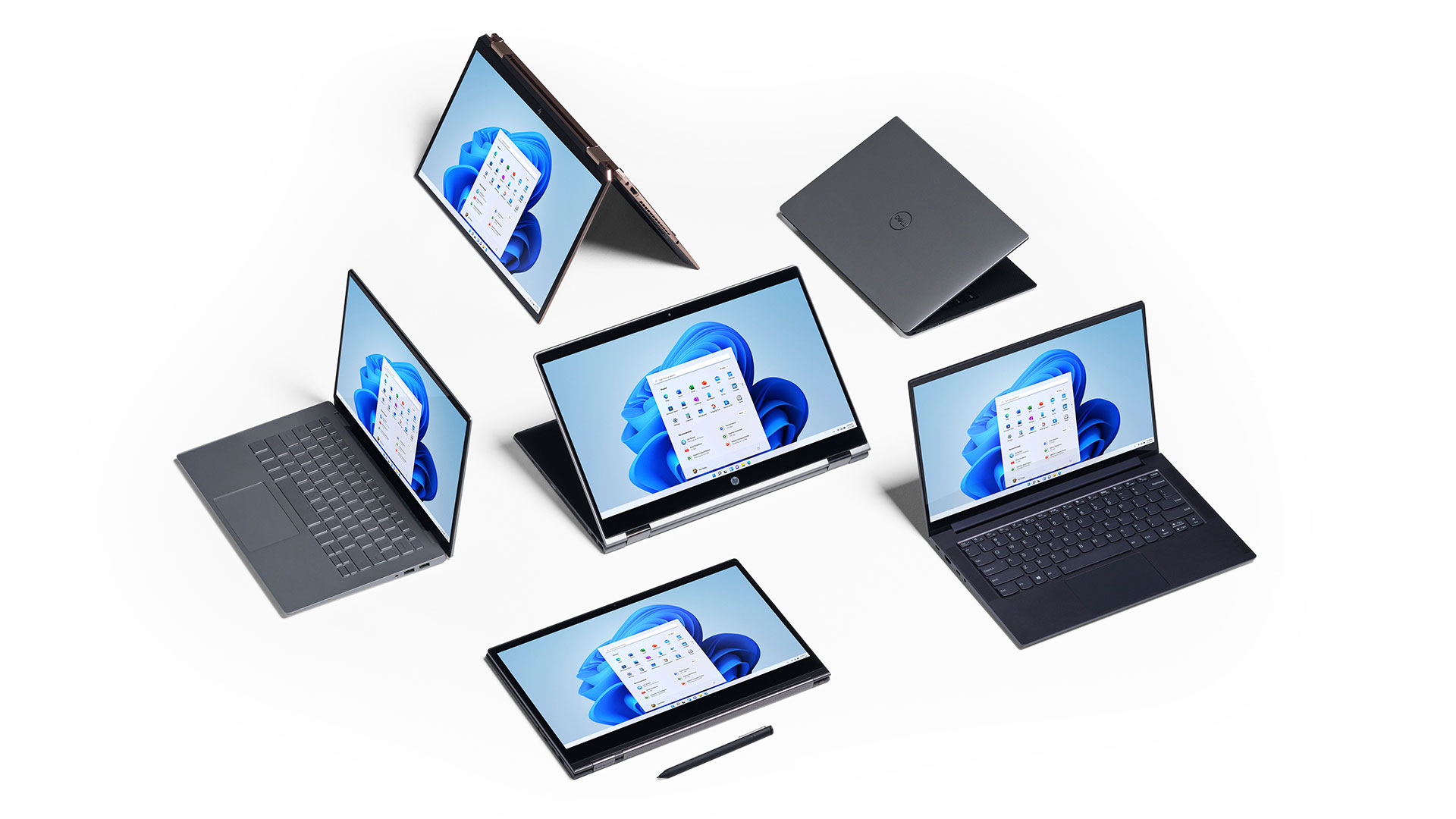
Now the user can simply unplug the keyboard and have a digital keyboard instead at the tips of the fingers which also allows for swipe typing. Voice recognition is significantly improved, making it possible to have more features which respond to it.
Native integration with Android
Talking about digital inclusivity and integration, something very interesting is that Android Apps can run on Windows 11 natively. Effectively this means that it is now possible to have a full integration with the Android ecosystem. I believe that this integration is just the beginning and through that native compatibility some other form of communication could potentially come to be.
Gamers will be impressed!
New graphic enhancing HDR mode is introduced in Windows 11. With this new feature the dynamic range of detail definition and colour will be open wider resulting in greater quality and life-like experience of the game. Akin to cinematic experience there will be more details in the highlights and dark areas. For example, details in the sky is a fine example of highlights, and details in the deepest, darkest shadows would be more visible. Now there are over 1000 games which support HDR.
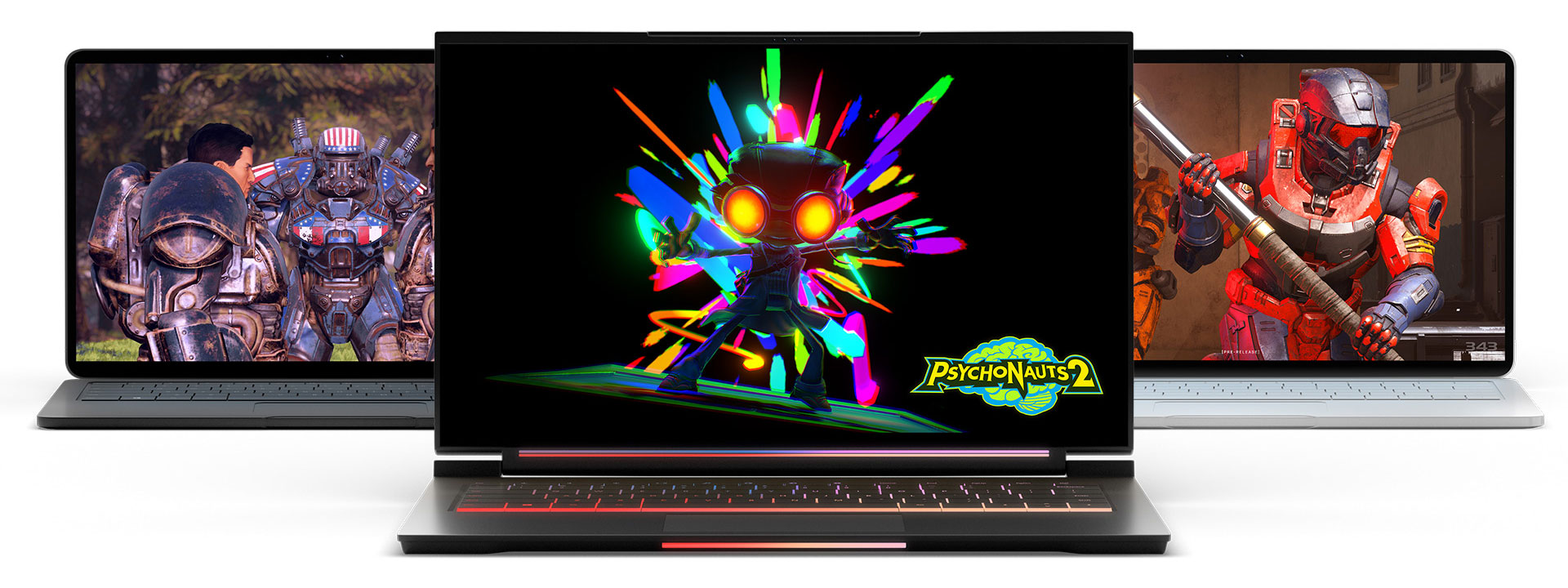
Xbox game pass is built right into Windows 11 through the Xbox app will make it part of Xbox cloud which will be integrated into the operating system. That will be accompanied by faster download speeds and better recognition or hardware to get the best out of the game.
The whole computer usage experience will be redefined through intuitive centralization of controls and access to the resources.
Security. From the ground up.
Windows 11 is not just about the sleek design and smooth integrated workflows. It has taken security to the next level. Currently, up to 83% of businesses experience firmware attacks and only 29% of those are allocating needed resources to deal with it. With that in mind, a new security approach was adopted.
The security now starts at the hardware level. New Windows 11 devices will now come with TPM2 (Trusted Platform Module) chip which will be integrated into the motherboard or added separately into the CPU (Central Processing Unit). It will protect encryption keys, user credentials as well as other sensitive data. All of that will be kept behind the hardware barrier.
What would it mean for the user? The operating system will be Passwordless by default. Windows Hello will store all the relevant and needed information, making the passwords the thing of the past. It will remove the frustration when the passwords are forgotten and the need to change them.
Out of the box Microsoft Azure Attestation will provide an additional level of security.
With all those components both hardware and software combined will make Windows 11 the operating system which is natively secure.
Less administration - more of You!
By making the design smoother and more intuitive and by removing steps to get the user to the end goal frees up an incredible amount of energy. It only takes seconds to get somewhere in the system – be it accessing an email, answering a call, arranging the space for work or tasks but it takes headspace to think about the quickest way to do so. This headspace cannot be measured but it can be felt, and it does have a residual effect. In other words, we get bogged down with “how to do the task” rather than just doing it. The fundamental point of an operating system is to make it easier for the user to work, or should I say make their visions happen: this version of Windows has taken it to the next level.
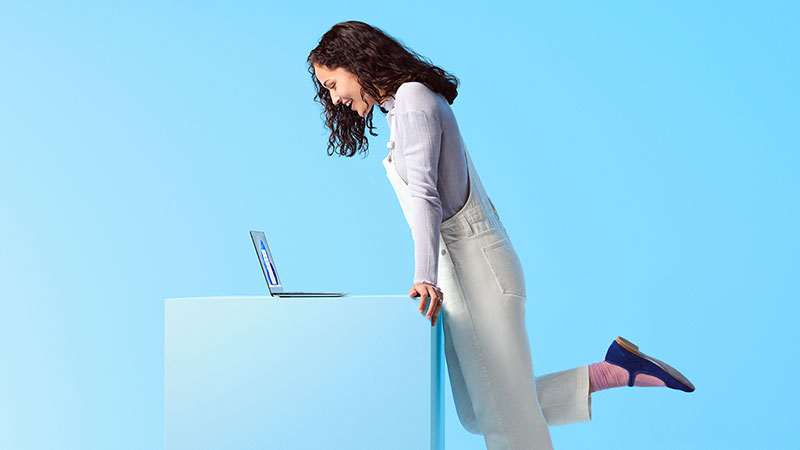
I have no doubt that less energy and less headspace will be wasted on trying to figure things out on this system, enabling the user to be immersed in a harmonious experience.
Let's welcome Windows 11. The new beginning on the solid foundation and a home-like familiar feel – all of that is Windows 11.
 James Parsons | Head of Modern Security
James Parsons | Head of Modern Security
Originally posted 2nd July 2021
|
Last updated 23th February 2022

